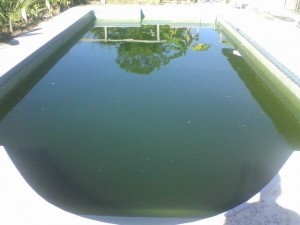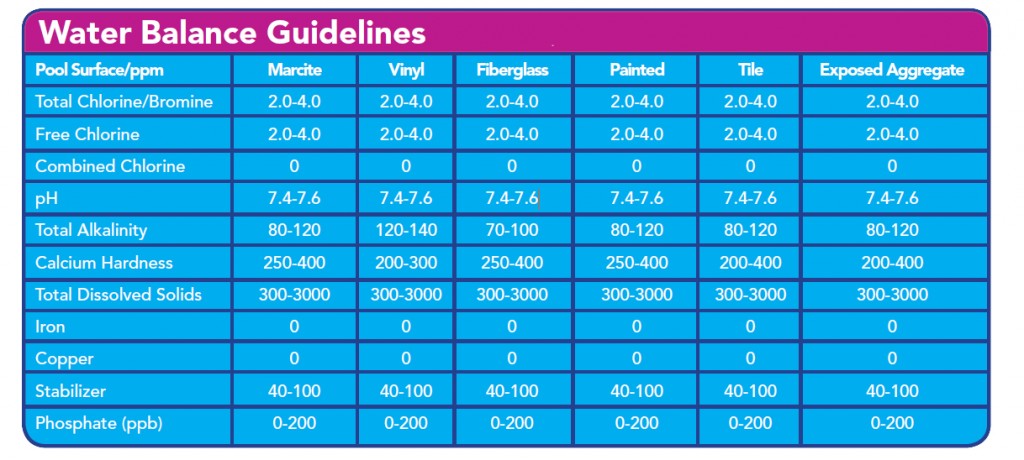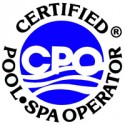Archive for Pool Water
Water Balance Guidelines
Posted by: | CommentsHow To Clean My Green Pool
Posted by: | Comments Swimming pools are a great way to keep cool and have fun during the warmer summer months. As swimming pool sales have increased over the years, more and more consumers are learning how to maintain and keep their swimming areas up to par for their families and guests. Whether consumers have opted for an above ground pool or made the investment to dig in-ground, there are general tips and tricks every owner should know when it comes to their maintenance and upkeep.
Swimming pools are a great way to keep cool and have fun during the warmer summer months. As swimming pool sales have increased over the years, more and more consumers are learning how to maintain and keep their swimming areas up to par for their families and guests. Whether consumers have opted for an above ground pool or made the investment to dig in-ground, there are general tips and tricks every owner should know when it comes to their maintenance and upkeep.
Pools that have turned green or black are signs that they have been neglected and need special treatment before they are ready for human use once again. The first thing owners should do is clear out all large and small pieces of debris that can be captured with a net. These large leaf nets are generally more efficient at removing debris than a simple skimmer. While these nets will stir the water of the pool, the water color may begin to look worse than it did before; nevertheless, all physical matter must be removed from the pool waters. It is especially important for owners to avoid vacuuming the bottom of the pool if the bottom surface is not visible or if cluttered with debris. If debris exists on the bottom, it may eventually clog the vacuum, costing hundreds in repairs and replacements for owners. Read More→
Why Does Algae Grow In My Pool?
Posted by: | CommentsAlgae – Those tiny plants that range in color from green to brown to yellow to red…and the scourge of them all…black. Black Algae? Oh, yes. Except that they are really a blue-green color.
Algae are unsightly and a nuisance. Although they are not themselves pathogenic, they can nevertheless be dangerous.  Algae are often covered with a slime layer which is slippery. and they can be a hiding place for bacteria.
Algae are often covered with a slime layer which is slippery. and they can be a hiding place for bacteria.
Under a microscope algae resemble a tiny apartment complex. Like most plants they flourish by consuming nutrients in the water (things like perspiration, urine and other swimmer waste). They also need plenty of sunlight to carry out photosynthesis. Most types of algae won’t grow in the dark…which is why you usually find algae growing on the sunny side of the pool.
Some forms of algae actually can ingest calcium, which they can find in the water or in the walls of a plastered pool.
And then there are the kinds that float in the water. And kinds that cling to the pool’[s interior surface.
Of the more than 21,000 types of algae, only about 40 to 50 inhabit swimming pools.
No, we don’t kill all the algae. Or bacteria either. We merely control them with chlorine, for one. And with algaecides. Algae spores are just waiting for a chance to get with the program. Let your guard down, and watch them grow. Rain, dust, wind and not telling what else bring algae spores into the pool water 24 hours a day. You’ve got to be ready for them.
Chlorine Level Keeps Fluctuating
Posted by: | CommentsChlorine is held ever so loosely in the water. Therefore, the ultraviolet rays of the sun have little difficulty in destroying it. The solution to that problem, of course is cyanuric acid (stabilizer and conditioner are its common names), which cuts down on this destruction.
You let the water’s pH to go above the 8.0 mark. When pH level reaches 8.5, chlorine is only about ten percent active, whereas it is 73 percent active when the level is at 7.0. The higher the activity of chlorine, the cleaner the pool water will be.
Mechanical energy such as diving, jumping and splashing of swimmers removes chlorine too.
During the hot summers and the resulting high water temperatures expect your chlorine bill to zoom sky high.
If it be true that one swimmer contaminates about 600 gallons of water and one dog is equivalent to 50 swimmers, then shead a tear for a public pool whose 20,000 gallon pool accommodates more than 125 people a day.
Article Source: http://EzineArticles.com/4535109
Calculate Pool Water Volume
Posted by: | CommentsIn order to figure out proper doses of chemicals for your pool, you need to determine how many gallons of water it holds. To do that, you need to know four different numbers.
- Length
- Width
- Average Depth
- Multiplier that determines gallons
Here is the formula:
Length * Width * Average Depth * Multiplier = Gallons
Determine the Multiplier:
Rectangle, square, or free-form pool: Multiplier = 7.5
Round or Oval pool: Multiplier = 5.9
Determine the Average Depth:
To determine the average depth in a pool where the bottom slopes, measure the shallow end and the deep end depth. Add them together and divide by two (2).
Example: Shallow End = 2′ Deep End = 10′ 2′ + 10′ = 12′ then 12′/2 = 6′ Average Depth











